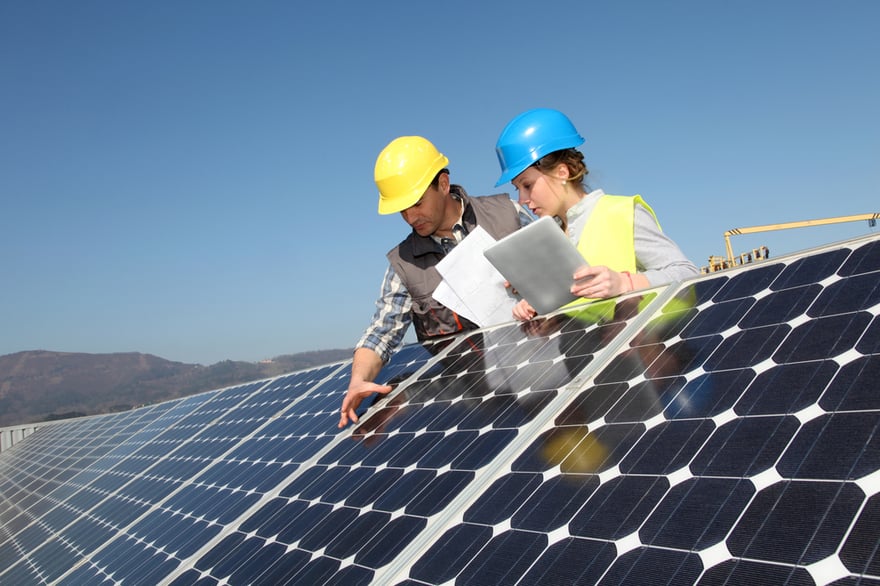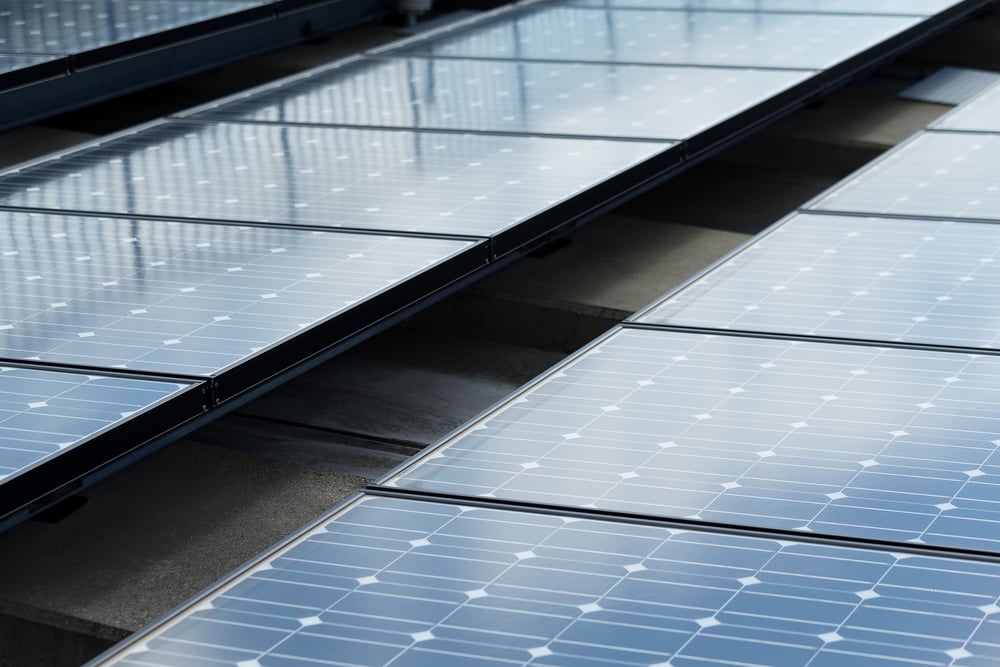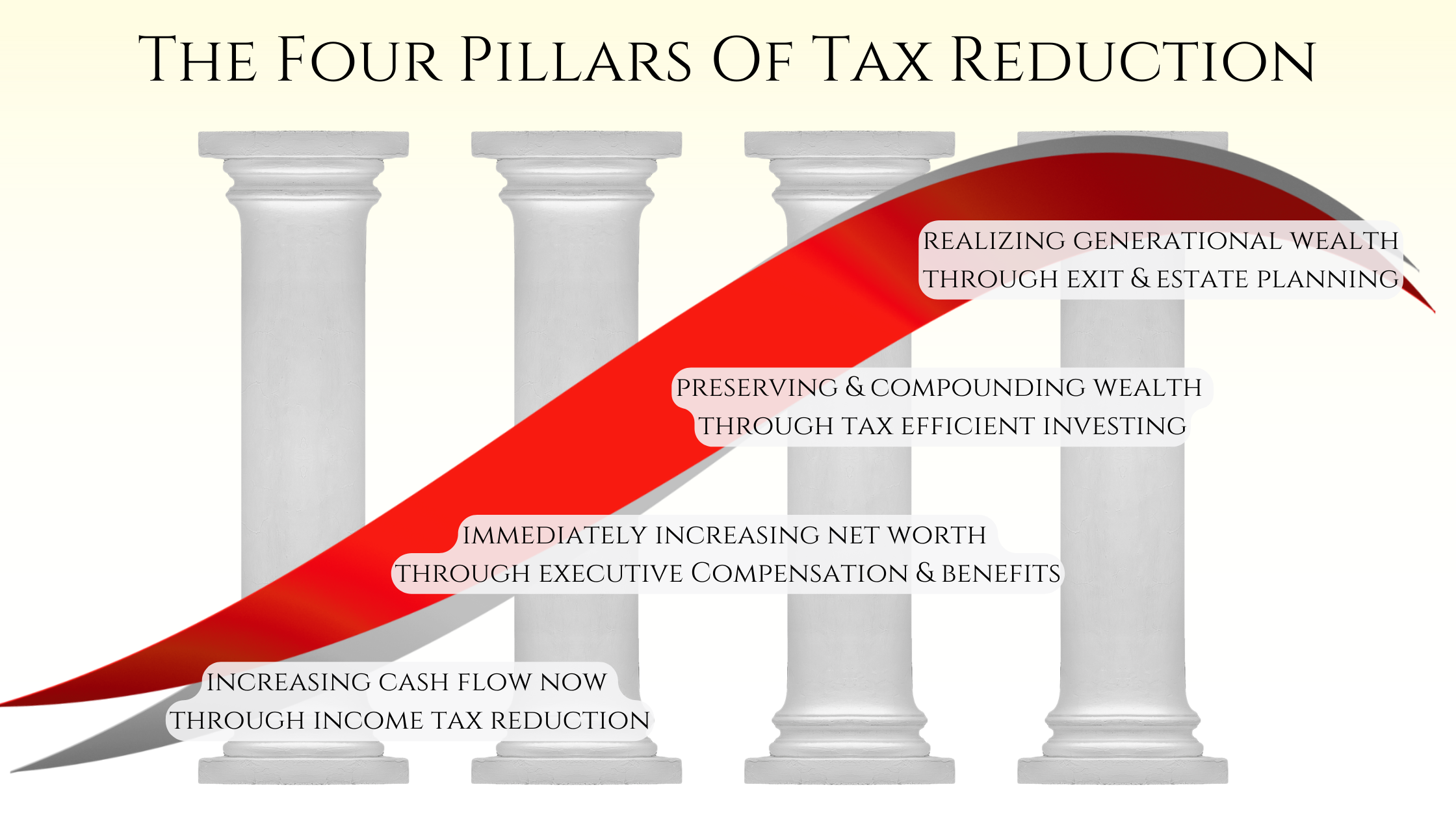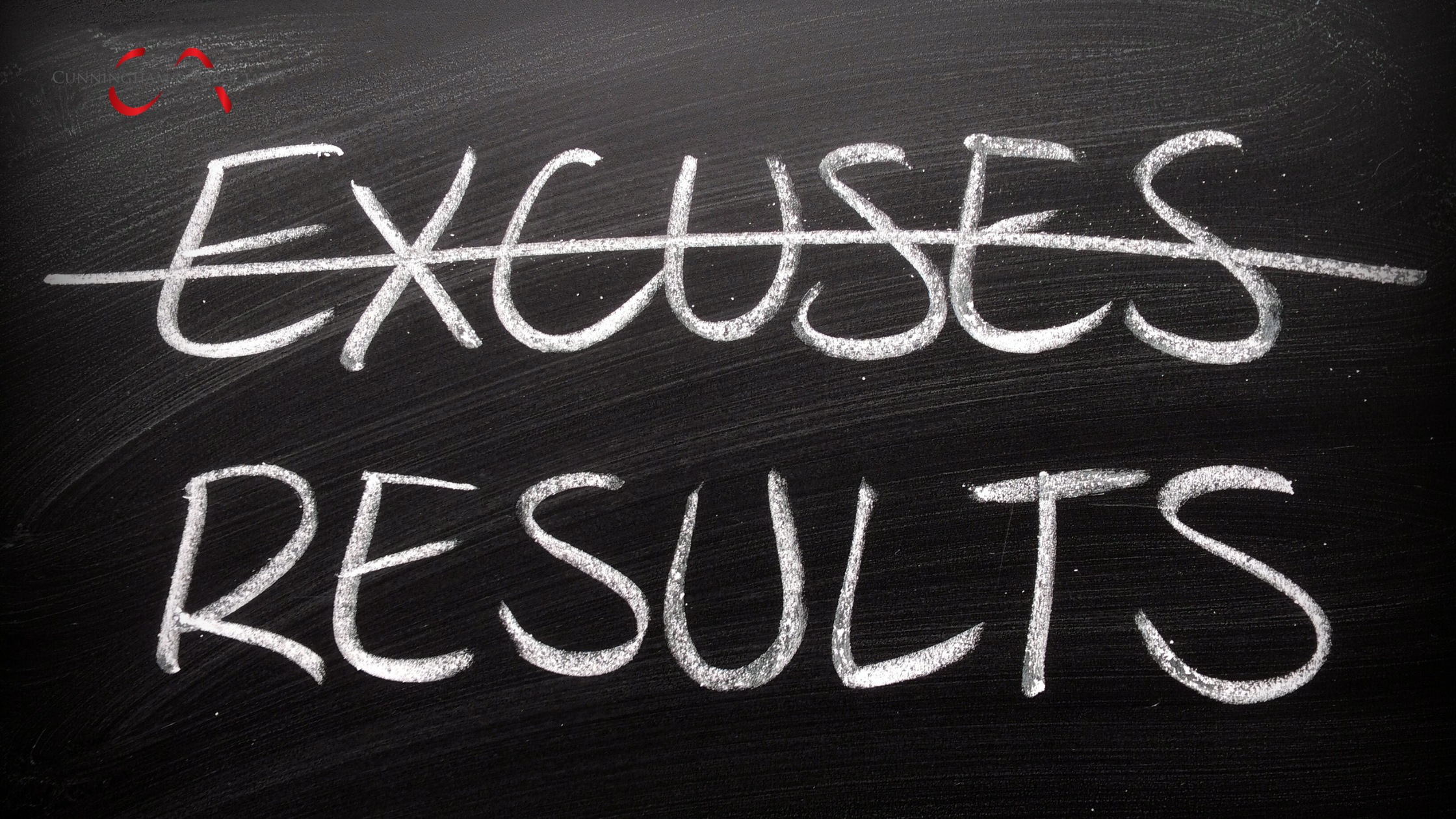What are 45L Tax Credits?
45L tax credits also referred to as the Energy Efficient Home Credit, are valuable federal tax credits that are available to builders and developers who construct new residential properties that meet specific energy-efficient criteria. These credits were initially introduced as part of the Energy Policy Act of 2005 and have been extended multiple times to promote the construction of energy-efficient homes. The primary goal of these credits is to encourage the adoption of sustainable building practices and decrease the overall energy consumption of residential properties.
Congress passed the original 45L tax credit incentive in 2005 creating an incentive for home builders and multi-family developers. Eligible contractors could claim a $2,000 tax credit for new construction or substantially remodeled energy-efficient homes in the year of completion.
Recently, as part of the Inflation Reduction Act, the 45L tax credit was extended through 2032, which made it easier to qualify and improved the credits. Changes include:
- In 2023, the credit increased from $2,000 to $2,500 for new Certified Energy Star homes.
- The base qualification for multi-family units decreased to $500, $1000 for ZER multi-family
- If certified under the Zero Energy Ready Homes Program (ZER), the credit is increased to $5,000
- Multifamily units that comply with prevailing wage requirements will be eligible for an enhanced credit of $2,500 for meeting the base qualification, and $5,000 for achieving Zero Energy Ready (ZER) certification.
The 45L tax credits have proven to be a valuable tool for promoting energy efficiency in the construction industry. These tax credits are specifically designed to encourage builders and developers to construct energy-efficient homes, which leads to reduced energy consumption and a lower environmental impact. By meeting the eligibility criteria, builders and developers can not only save money but also contribute to a more sustainable future. These credits provide financial incentives that help builders and developers offset the cost of incorporating energy-efficient features into their construction projects.
45L Tax Credit Eligibility
To be eligible for the 45L tax credits, builders and developers must meet specific criteria. These credits are designed to incentivize the construction of energy-efficient homes and promote sustainable building practices. Builders and developers can claim the credits by constructing new energy-efficient homes that meet the necessary certification requirements.
The criteria for qualifying for the 45L tax credits include ensuring that the residential properties meet specific energy-efficient standards. These standards are set by the Department of Energy (DOE) and the Internal Revenue Service (IRS). They cover various aspects of the construction process, such as insulation, windows, doors, heating, ventilation, and air conditioning (HVAC) systems, as well as the overall energy performance of the home.
Additionally, there are limits on the maximum allowable dwelling units per project. This means that builders and developers cannot claim the tax credits for an unlimited number of properties. The specific limits vary depending on the size and type of the project. For instance, a single-family home project may have a different limit than a multi-family development.
Benefits of 45L tax credits
The 45L tax credits offer a wide range of benefits for builders and developers. One of the main advantages is the attractive financial incentives provided by these credits. Builders and developers who qualify for the tax credits can receive a substantial amount of money as a credit, which can have a positive impact on their bottom line. This financial advantage can help offset the cost of integrating energy-efficient features into their construction projects.
Moreover, the 45L tax credits contribute to a decrease in energy consumption and a reduced environmental impact. By encouraging the construction of energy-efficient homes, these credits promote the adoption of sustainable building practices and technologies. Energy-efficient homes consume less energy, resulting in lower utility bills for homeowners and a lighter burden on the power grid. Additionally, these homes play a significant role in reducing greenhouse gas emissions and conserving natural resources, ultimately fostering a more sustainable and eco-friendly future.
By gaining an understanding of the eligibility criteria and the benefits of 45L tax credits, builders and developers can take full advantage of these incentives to construct energy-efficient homes, benefiting not only their financial bottom line but also the environment.
Don't Miss Out on 45L
Despite the numerous benefits they offer, 45L tax credits are often overlooked by builders and developers. One possible reason for this oversight is a lack of awareness or understanding about these tax credits. Many builders and developers may not realize that they qualify for these credits or may not be familiar with the specific criteria they need to meet.
Additionally, the process of claiming these credits can be complex and time-consuming, which may discourage some builders and developers from pursuing them. Another reason could be the misconception that incorporating energy-efficient features into construction projects is too expensive or not worth the effort. However, it's important to note that the financial incentives provided by the 45L tax credits can help offset the initial costs and provide long-term savings through reduced energy consumption. By taking the time to understand and utilize the 45L tax credits, builders and developers can not only save money but also contribute to a more sustainable future.
If you'd like to better understand your eligibility for 45L tax credits or get help determining if you are missing out on them, set up some time to talk with the team at C&A.



